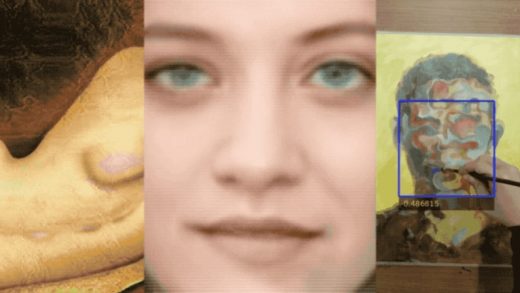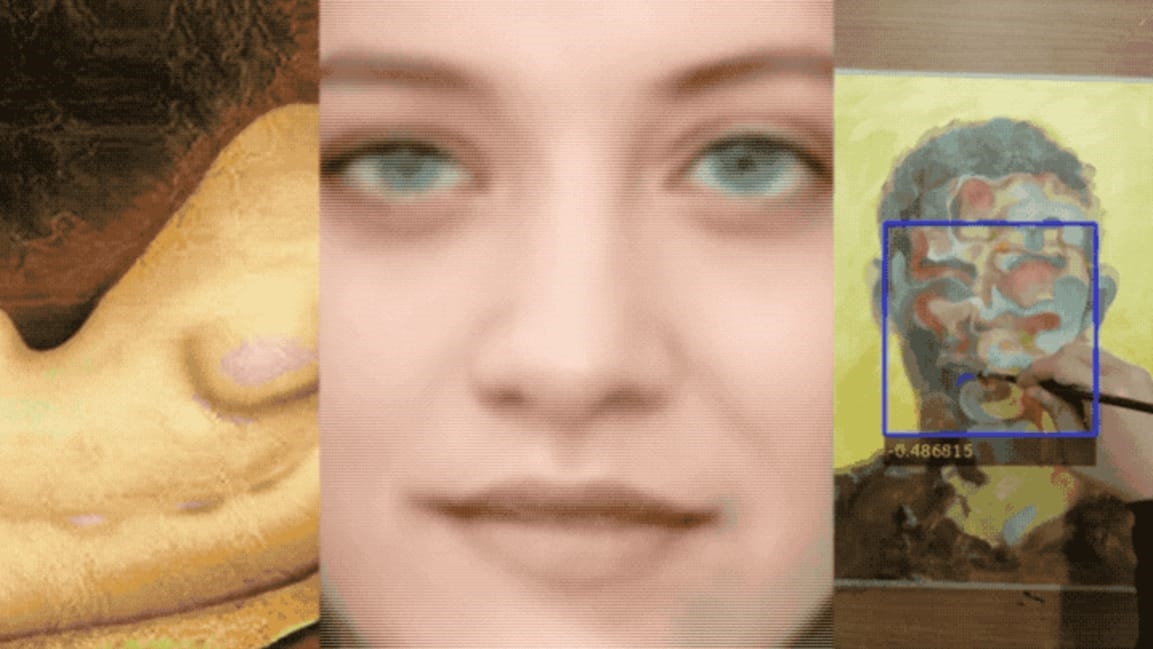The 5 best AI-generated images of 2018
In December 2017, Google quietly released a new feature on its Arts & Culture app. It was a neat little tool where you could upload a picture of yourself, facial recognition would analyze your features, and a machine learning algorithm would scan through the history of (mostly Western) art to find a painted person who looked like you.
Come January 2018, the fine art selfie-matching app had gone viral, catapulting to the number one spot in the Apple App Store with people sharing their results on social media. Some lamented how scarily accurate it was; others decried how little they looked like their closest match.
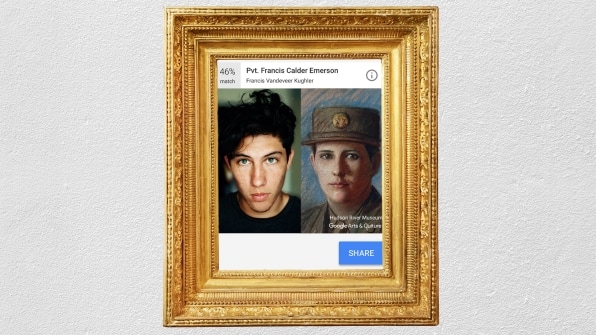
It was a prescient start to 2018. This was the year that AI–and AI-generated art in particular–exploded, with thousands of AI-generated images spreading around the internet. Here are five of the best images in this genre of 2018, and here’s what they say about the current and future state of AI.
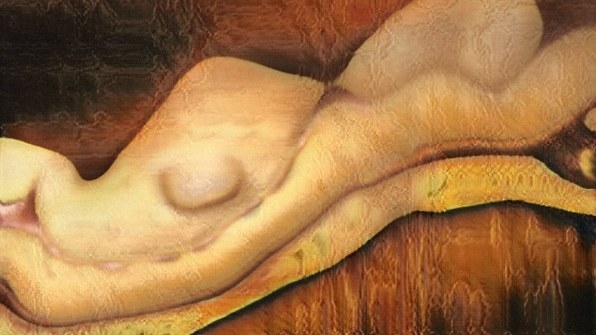
AI can paint nudes–and pretty much anything else you throw at it
Over the course of 2018, AI artists created algorithms that could paint like the old masters, draw nudes and landscapes, generate fireworks from scratch, design Balenciaga-worthy clothes, and craft depressing cityscapes. Students used AI to turn anyone into a good dancer. Even the New York Times got in on the action: Neural net experimenter Janelle Shane generated Halloween costumes with AI, then a Times illustrator drew them. It just goes to show: AI can create some approximation of any visual thing you throw at it. Just don’t expect it to be very realistic. AI researcher Robbie Barrat created the surreal image above by training a neural network on nude portraits.
Companies use AI as a marketing tool
Tech companies, eager to show off their technical chops, released tools for the public to play with in 2018. Microsoft Research created an algorithm that could conjure up an image based entirely on your words. Adobe released a tool that allows the user to transform their portrait into any style, from the Mona Lisa to a Greek statue. IBM launched a website that shows you what you’d look like as a celebrity (image above). Silly? Gimmicky? Sure. But there’s a serious underpinning: These AI tools are how companies market their AI prowess and help the public understand an often-inscrutable technology.
AI-generated images can help us understand AI’s thinking
One of the biggest breakthroughs in image generation in 2018 was an algorithm called BigGAN, created by Google intern Andrew Brock. Brock tapped Google’s outsize computational power to create a complex neural network that he trained on far more images than most researchers could. The result? Images with incredible textures, unlike any the visual AI world had seen before. The neural network generated dogs that looked incredibly dog-like. These kinds of experiments make it easier for non-technical users to get a sense of how AI works, or at least what it’s capable of.
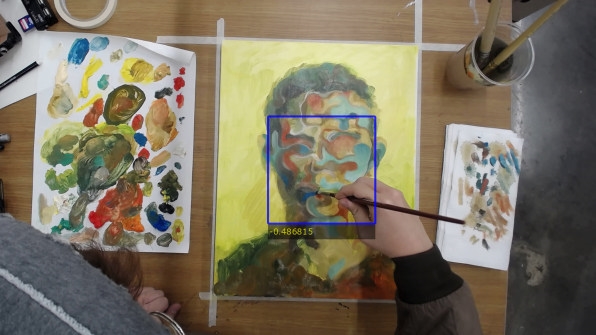
Art reveals where AI falls short
One of the biggest challenges for the AI community is how to develop the technology responsibly. Facial recognition and machine learning algorithms embed bias when they are trained on skewed datasets. This year, tech workers revolted over how their companies were applying the technology. Questions remain over how deeply algorithms are changing the way we experience the world–and ourselves.
The image above wasn’t technically generated by an AI, but it’s an important artifact of the visual culture that AI has engendered. It’s an example of how artists are using traditional media to shed light on the problematic nature of an algorithmic society. Artistic duo Shin Seung Back and Kim Yong Hun, who go by the name Shinseungback Kimyonghun, asked 10 artists to paint an image of a face that wouldn’t be detected by a facial recognition algorithm. To ensure each painting wouldn’t be detected by a computer, they rigged up a camera with three facial recognition algorithms by each painter’s work station. As the artists worked, the camera searched for faces and a monitor let the artist know if it found any, guiding the work so that the final product would be invisible to all three algorithms. “It will be more and more difficult to find unique human abilities as technology develops further,” Shinseungback Kimyonghun told me earlier this year. “But we need to keep looking for it, not to find our supremacy over machines but to know who we are.”
AI is already creating fake images, and there are many more to come
In her exhibit at the Cincinnati Art Museum “Life: Gillian Wearing” this year, Turner Prize-winning British artist Gillian Wearing used deep fakes to put strangers’ bodies on appear her face. Deep fakes are AI-generated videos that ingest large amounts of video to create a moving image that looks real but is completely fake, and they represent one of the more vexing implications of AI: eliminating the divide between what’s real and what isn’t. Wearing’s project was harmless, of course, but not all such applications will be. One study published in 2018 examined how maps go viral online. The author wrote that it’s only a matter of time before fake maps are generated by bots on a mission to spread misinformation. Our visual culture, after all, echoes our political one.
Fast Company , Read Full Story
(20)

